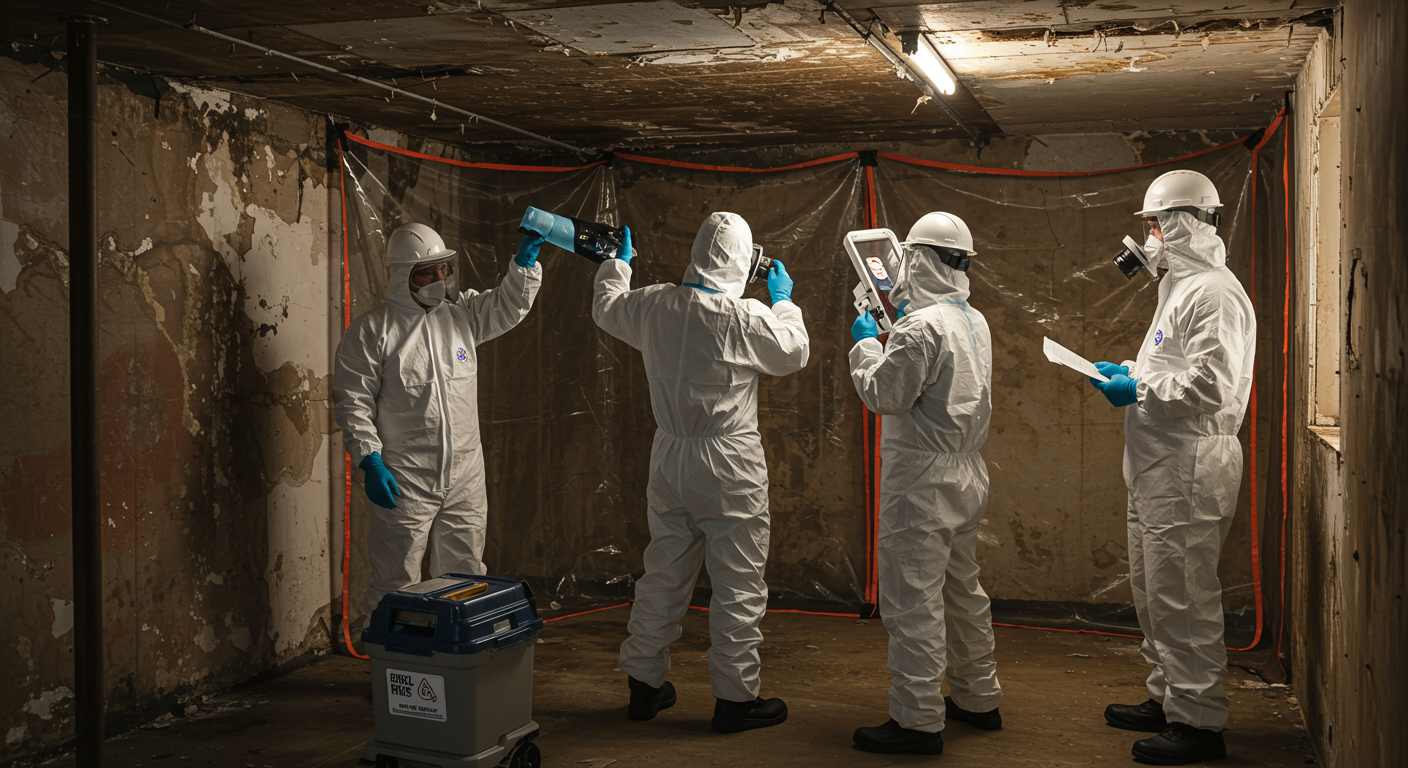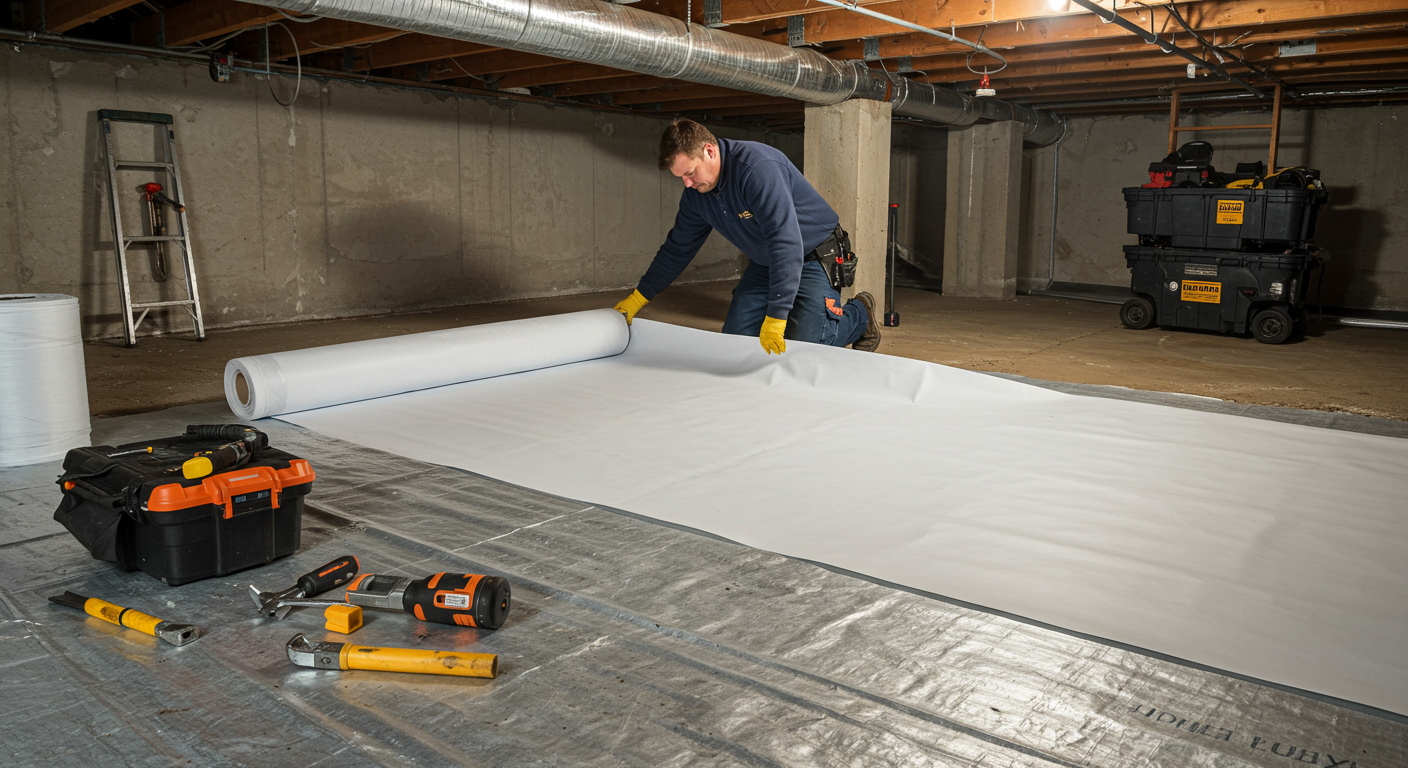Mold is a silent intruder that can wreak havoc on your home and health if left unchecked. In Los Angeles, CA, where humidity and water damage are common, mold growth can become a persistent issue. This comprehensive guide will walk you through everything you need to know about mold remediation, from understanding its risks to choosing the right professionals to tackle the problem. By the end, you’ll be equipped with the knowledge to protect your home and ensure a healthier living environment.
Understanding Mold and Its Risks
What is Mold and How Does it Affect Your Health?
Mold is a type of fungus that thrives in damp, humid conditions. It spreads through tiny spores that float in the air and can settle on various surfaces. While some molds are harmless, others can produce allergens, irritants, and even toxic substances known as mycotoxins. Prolonged exposure to mold can lead to respiratory issues, skin irritation, and severe allergic reactions, especially in individuals with compromised immune systems.
In Los Angeles, the warm climate combined with occasional heavy rains creates the perfect environment for mold growth. This makes it crucial for homeowners to stay vigilant and address mold issues promptly.
Common Causes of Mold Growth in Los Angeles Homes
Mold growth in Los Angeles homes is often triggered by moisture problems. Common causes include:
- Leaky roofs and plumbing: Water leaks provide a consistent source of moisture for mold to thrive.
- Poor ventilation: Bathrooms, kitchens, and basements with inadequate airflow are prime spots for mold.
- Flooding and water damage: After heavy rains or plumbing mishaps, water can seep into walls and floors, creating a breeding ground for mold.
- High humidity levels: The coastal climate of Los Angeles can lead to increased indoor humidity, further encouraging mold growth.
Understanding these causes can help homeowners take proactive steps to prevent mold from taking hold in their homes.
The Mold Remediation Process Explained
Step 1: Inspection and Identification
The first step in mold remediation is a thorough inspection to identify the extent of the problem. Certified mold specialists use advanced tools like moisture meters and thermal imaging to locate hidden mold and assess the damage. During this phase, samples may be taken for laboratory analysis to determine the type of mold present.
Accurate identification is crucial for developing an effective remediation plan. It ensures that the root cause of the problem is addressed, preventing future mold growth.
Step 2: Containment and Removal
Once the mold is identified, the next step is containment. This involves sealing off the affected area with plastic sheeting and using negative air pressure to prevent spores from spreading to other parts of the home. Specialized equipment like HEPA filters and air scrubbers are used to capture airborne spores.
After containment, the mold is physically removed from surfaces using techniques such as scrubbing, sanding, or chemical treatments. Porous materials like drywall and carpeting that are heavily infested may need to be replaced to ensure complete eradication.
Step 3: Cleaning and Restoration
The final step in the mold remediation process is cleaning and restoration. This involves:
- Disinfecting surfaces: Antimicrobial treatments are applied to kill any remaining mold spores.
- Dehumidifying the area: Industrial-grade dehumidifiers are used to remove excess moisture.
- Restoring damaged areas: This may include repainting walls, replacing flooring, or repairing structural damage.
By the end of this process, your home should be mold-free and restored to its original condition.

Preventing Mold Growth in Your Home
Tips for Keeping Your Home Dry and Ventilated
Prevention is always better than cure when it comes to mold. Here are some tips to keep your home dry and well-ventilated:
- Use dehumidifiers: Maintain indoor humidity levels below 50% to discourage mold growth.
- Improve ventilation: Install exhaust fans in bathrooms and kitchens, and open windows to promote airflow.
- Dry wet areas immediately: Wipe up spills and dry wet carpets or furniture within 24-48 hours.
By implementing these measures, you can significantly reduce the risk of mold taking hold in your home.
Addressing Leaks and Water Damage Promptly
Water damage is one of the leading causes of mold growth. To prevent this, it’s essential to:
- Fix leaks immediately: Check for and repair leaks in roofs, pipes, and windows.
- Inspect your home regularly: Look for signs of water damage, such as discoloration or peeling paint.
- Ensure proper drainage: Clean gutters and direct water away from your home’s foundation.
Taking these steps can save you from costly mold remediation in the future.
Choosing the Right Mold Remediation Service in Los Angeles
Why Hire Certified Professionals?
Mold remediation is a complex process that requires specialized knowledge and equipment. Certified professionals have the training and experience to handle mold safely and effectively. They adhere to industry standards and use advanced techniques to ensure thorough removal.
Hiring experts also provides peace of mind, as they can identify and address the root cause of the problem, preventing recurrence.
Questions to Ask Your Mold Remediation Specialist
Before hiring a mold remediation service, consider asking the following questions:
- Are you certified and insured? Ensure the company has the necessary certifications and insurance coverage.
- What is your remediation process? Understand the steps they will take to remove mold and restore your home.
- Do you offer a warranty? A reputable company should stand behind their work with a warranty or guarantee.
By choosing the right professionals, you can ensure a safe and effective mold remediation process.
For more information on expert mold remediation services in Los Angeles, check out this comprehensive guide.
Mold remediation is not just about removing visible mold; it’s about creating a healthier living environment for you and your family. By understanding the risks of mold, following prevention tips, and choosing the right professionals, you can protect your home and health from this persistent problem. Don’t wait for mold to take over—take action today to ensure a safer, cleaner home.


